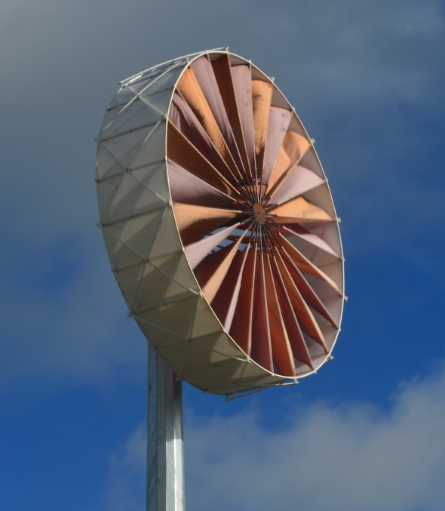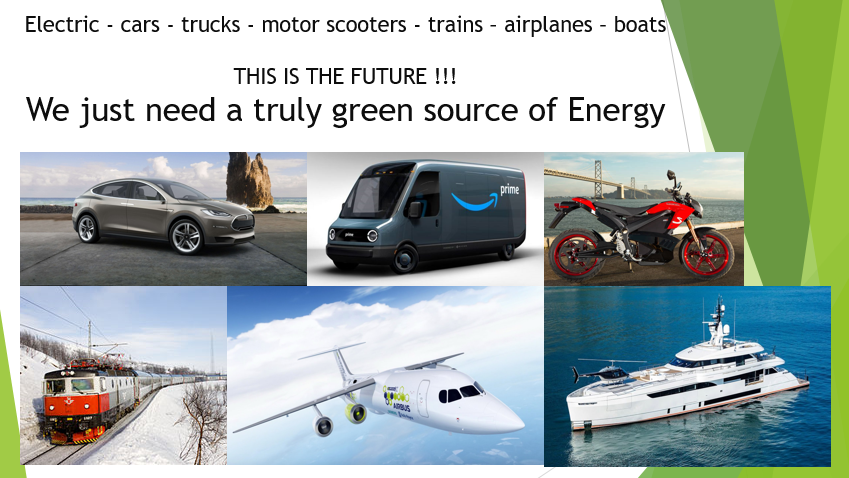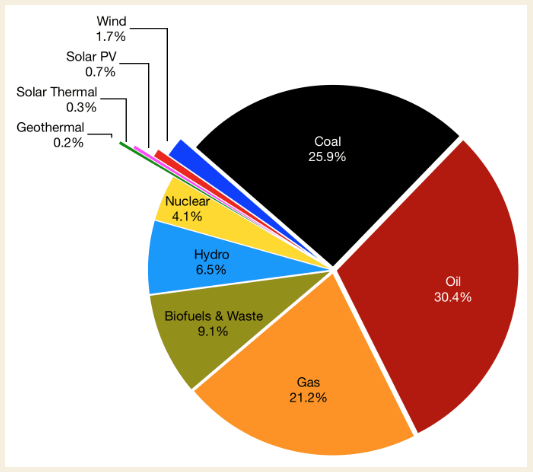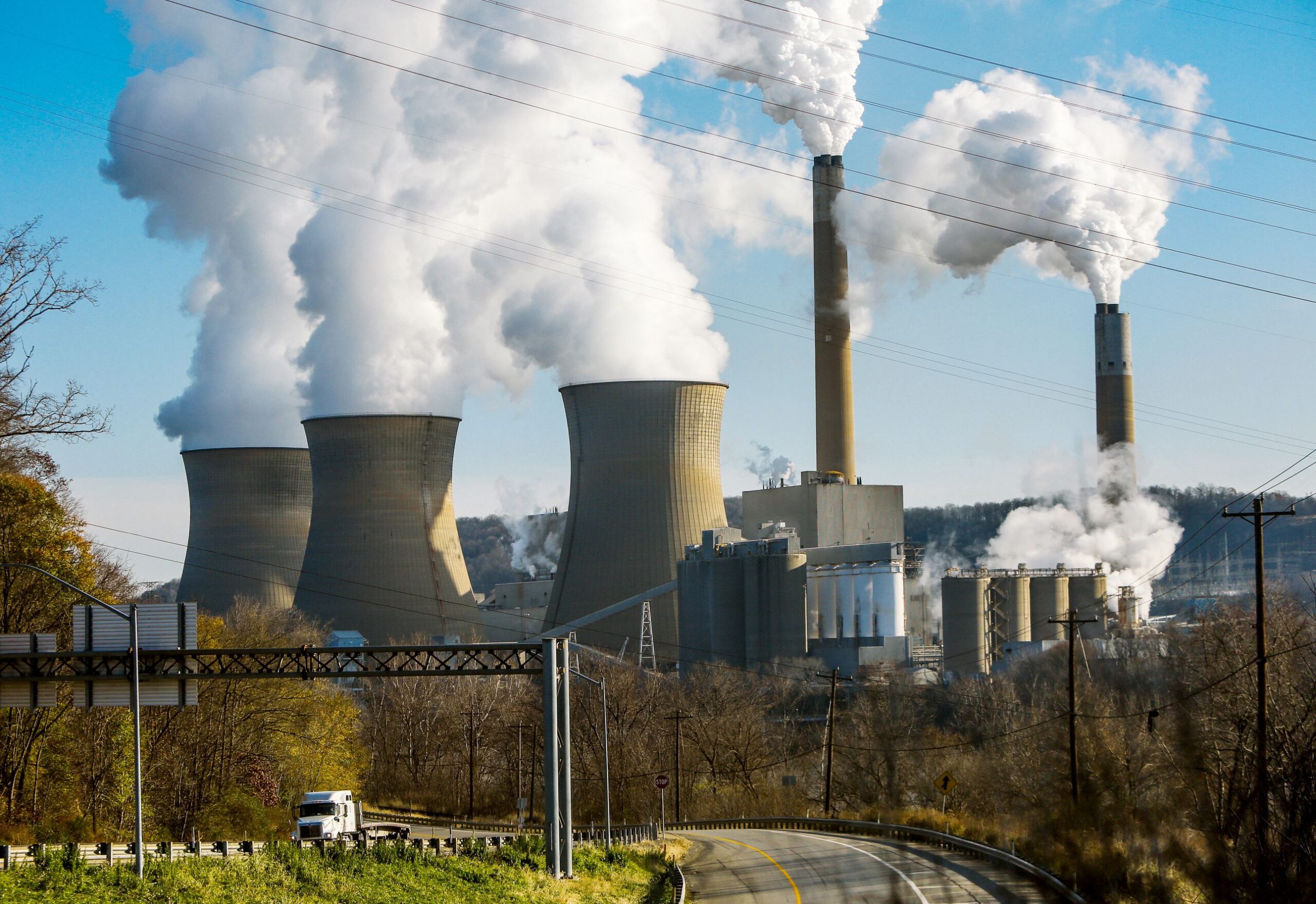The following information and numbers may change with time but the reality of Hydrogen is that it will become the dominant fuel for the future. I have examined the entire range of energy sources including all factors from the procurement of raw materials to processing or refining, transportation and distribution, environmental issues and then also the use of the fuels and required infrastructure from start to finish. Petroleum, coal and to a lesser degree natural gas are all very intensive forms of energy in terms of cost to procure, process, transport and deliver to the end user.
Nuclear power is the most horrifically polluting source of energy ever conceived of by man (whoever is calling it green is simply insane). Other forms of energy like Hydro are wonderful but the cost and environmental impact for large installations is balanced by the fact that Hydro lasts for a long time. It is a savior to small 3rd and 2nd world countries that have good rainfall in mountainous areas giving good energy for the relatively small populations. It does not work for most island countries because they experience a dry season that prevent hydro from being a solution.
Then there are the so called “alternative energy sources” such as 3 blade wind turbines, thermal solar, photo voltaic solar (solar panels) and last and certainly not least (the future of all energy) the JMCC WING Generator which efficiently converts wind to electrical energy. Of all of these sources of energy, the clear winners in the long run will be what I call the BIG THREE. Natural Gas, because of its ease of use in so many applications, large distribution infrastructure, extreme abundance and environmentally clean burning, will be used for a long time. Hydrogen will take a major place in the market and its only limitation will be the sourcing of green hydrogen (created with energy sources such as wind, solar or hydro power). Lastly and most importantly is the JMCC WING Generator which we are now implementing to produce energy for the grid to replace central power companies, private enterprises and to produce Green Hydrogen. If battery operated autos find new innovative solutions then the WING Generator will be there to provide the electricity for expansion of the grid and for point of use charging stations. Whether eV cars of H2 emerge as the final winners, the WING Generator will be there to provide the needed energy to convert wind energy.
There are no other sources of energy that have to be considered. The WING also is being configured to resolve the issue of additional energy needed as the world transitions away from petroleum for transportation. The following are simple numbers so you will understand the basics of hydrogen. Recognize that the majority of hydrogen produced in 2022 when this is being written are gray and blue forms of processing other materials to garner a small amount of environmentally very dirty hydrogen. This will all fall by the way side when the JMCC WING Generators start producing hydrogen at increasingly reduced rates. Electric automobiles using lithium ion batteries are already suffering a demise due to problems with batteries such as 1) environmental issues due to batteries and 2) limitations on supplies of materials for batteries. There may be breakthroughs and hopefully there will be in battery technologies, but in all case scenarios, H2 will be the clear winner in the long run as a storage medium for energy.
H2 production numbers
9 kilos of H20 = 9 liters of H20 needed to produce 1 kilo of H2 (in gas form not pressurized = 423 cubic feet = 11.126 cubic meters = 11,126 liters = 14.128 liters in liquid form which takes a lot of energy to pressurize so not usable in our world) using between 50 and 55 kWh of energy using water electrolysis … that would be a rough estimate for making H2 using wind (the JMCC WING Generator) … at industrial electricity energy prices of $0.10 per kWh … 50kWh x $0.10 = $5.00 to using grid electric to produce 1 kg of H2 (not including the cost of equipment) … one has to get this down of course as other non green forms of H2 like from natural gas are down around $1.50 per kg … but they are limited and will have to go away since they are not green (they are highly polluting) … with the new $3.00 per kg of H2 of gov money now you can sell a kg of H2 for $2 per kg and along with tax incentives for investors this makes a rosy picture. The issue is making this cost effective for large scale production also when using the H2 in a fuel cell and in heat engines like internal combustion engines. In electrical terms, the energy density of hydrogen is equal to 33.6 kWh of usable energy per kg, versus diesel which only holds about 12–14 kWh per kg. What this really means is that 1 kg of hydrogen = 3.377 gallons in liquid form, used in a fuel cell to power an electric motor, contains approximately the same energy as one gallon of diesel that weighs about 3.2 kg.
BUT what if you now have dry storage of H2 as with products that are already on the market and do not have to expend the energy to pressurize it? These are disruptive technologies. At this time it is not possible to calculate the impact on the industry.
So what is the real cost ? This is an ongoing project. If interested in investing in projects including pilot projects for H2 contact us at the following email address (serious investors with existing verifiable capital only) jmcc@jmccanneyscience.com
Download the brochure pdf click on the following link xxxxxxxxxxxxx.com
Unit Conversion Data for Hydrogen
|
|
Weight | Gas | Liquid | |||
| pounds (lb) |
kilograms (kg) |
cubic feet (scf) |
cu meters (Nm3) |
gallons (gal) |
liters (l) |
|
| 1 pound | 1.0 | 0.4536 | 192.0 | 5.047 | 1.6928 | 6.408 |
| 1 kilogram | 2.205 | 1.0 | 423.3 | 11.126 | 3.377 | 14.128 |
| 1 scf gas | 0.00521 | 0.00236 | 1.0 | 0.02628 | 0.00882 | 0.03339 |
| 1 Nm3 gas | 0.19815 | 0.08988 | 38.04 | 1.0 | 0.3355 | 1.2699 |
| 1 gallon liquid | 0.5906 | 0.2679 | 113.4 | 2.981 | 1.0 | 3.785 |
| 1 liter liquid | 0.15604 | 0.07078 | 29.99 | 0.7881 | 0.2642 | 1.0 |
Scf (standard cubic foot) gas measured at 1 atmosphere and 70°F.
Nm3 (normal cubic meter) gas measured at 1 atmosphere and 0°C.
Liquid measured at 1 atmosphere and boiling temperature.





